Where are you at?
Noise from circular saws and jackhammers, loud shouts from workers, rubble piled high in front of long construction fences. For decades, the 12,000 m2 Stadtwirtschaft site, originally established in 1891 as a city cleaning plant, had lain fallow. Now it’s a hub of activity as Chemnitz is set to be European Capital of Culture in 2025.
When the city in southwest Saxony won the bid in autumn 2020, it triggered a wave of euphoria among the people of Chemnitz. Not being overshadowed by its big sisters Leipzig and Dresden at last! Winning a real title at last, and not just that of the German city with the highest crystal meth residues in its waste water. After all, a budget of 90 million euro from federal and state funds and the city budget is now available.
Grit Stillger leads us briskly across the site. The project manager at the city planning office gives us a tour of the future workshops and studios. She climbs up into the roof supported by beams, where an event room is under construction. She tells us where the canteen is to be located, which will then also play host to people from the surrounding Sonnenberg neighbourhood. Sonnenberg, once the slum district of Chemnitz, now attracts students and artists.
Large flats in old buildings are available for low prices, and with the Lokomov bar, the Nicola Tesla Club and the Augusto pizzeria, there are also places for going out. Rooms at the Stadtwirtschaft will be available for as little as one euro per square metre – ideal conditions for creative people then. But the rooms are still empty and the music of up-and-coming bands is not yet playing in the courtyard. You can only hear one thing: construction noise.
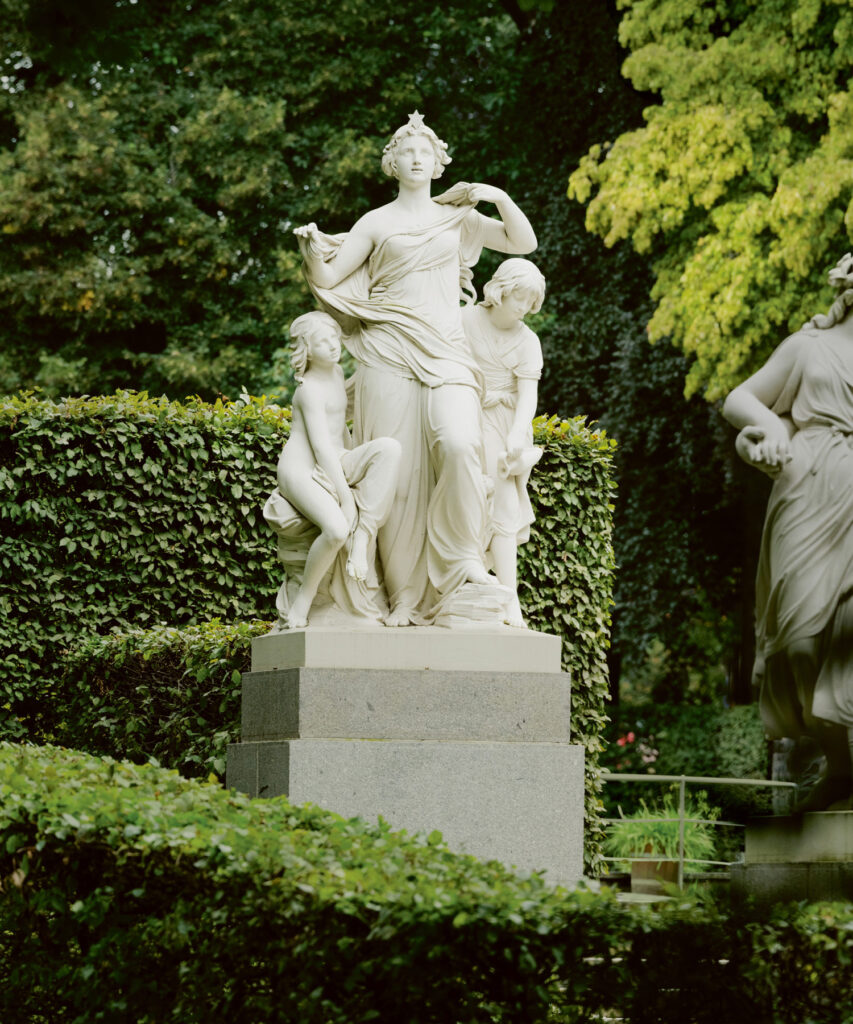
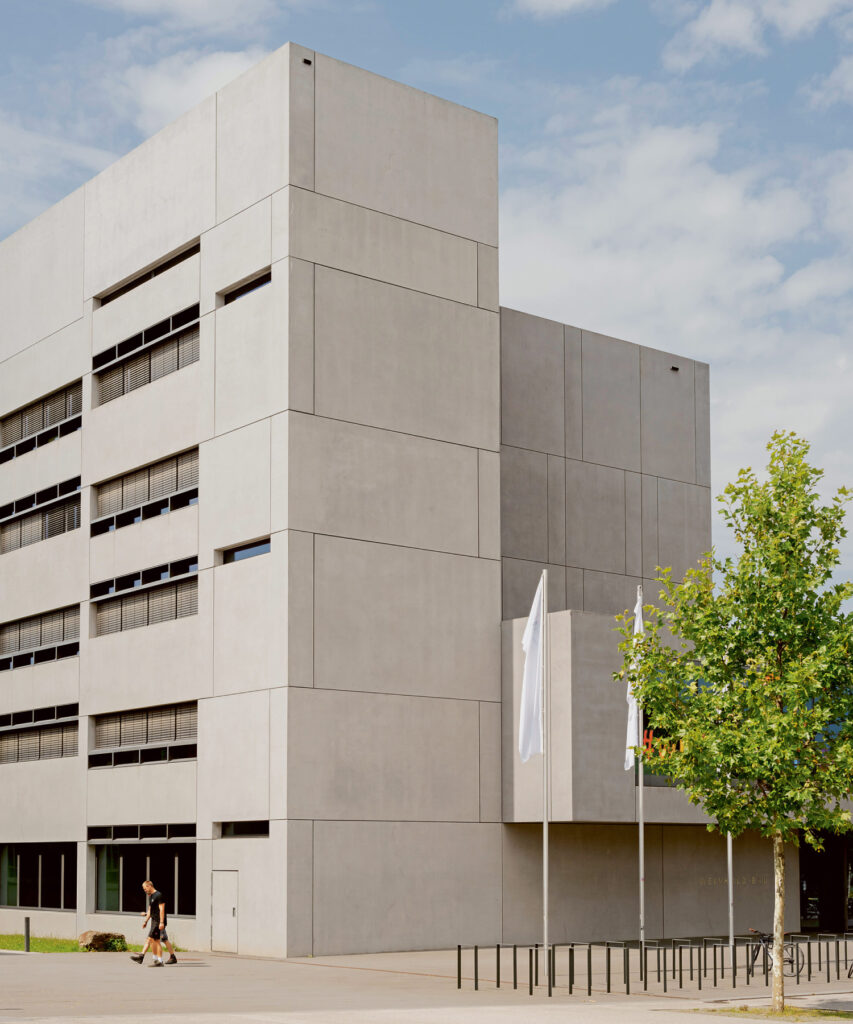
Stillger gives us a vivid account of what’s going on here. She’s more than happy to point out interesting ideas, such as keeping the original fittings and wall tiles in the former washrooms. “The Capital of Culture is an opportunity,” she says. But she also has many years of experience of a city that hasn’t had it easy for decades. “Booms don’t happen that quickly around here,” she adds.
Eastern state of mind
If you take a closer look at the plans for the city, it quickly becomes apparent that the focus of the Capital of Culture is less on what’s already there – the top-class art collections, the natural history museum and the archaeological museum – and more on what’s going to be built. Former industrial areas and buildings are being transformed into cultural spaces as part of 30 infrastructure projects, also known as “intervention sites”, of which the Stadtwirtschaft is just one.
Factory halls are being turned into co-working spaces and exhibition areas, the changing rooms of the Stadtwirtschaft waste disposal company are being developed into studios, and the former tram depot of the Chemnitz transport company is being transformed into temporary project spaces with the Garagen-Campus. This is how the creative industries are to be expanded. These are ambitious plans for a city that lost almost 25 percent of its population between 1990 and 2009 and now has 250,000 inhabitants.
When Chemnitz applied to become European Capital of Culture, its structural, social and political problems weren’t ignored but formed the basis for developing ideas. One of the projects explicitly refers to approaches to dealing with right-wing extremist structures. After all, right-wing extremism is a problem in Chemnitz. The whole world has been aware of this since an angry Nazi mob marched through the city in August 2018 after a stabbing at a city festival, which was even reported on in the “New York Times“.
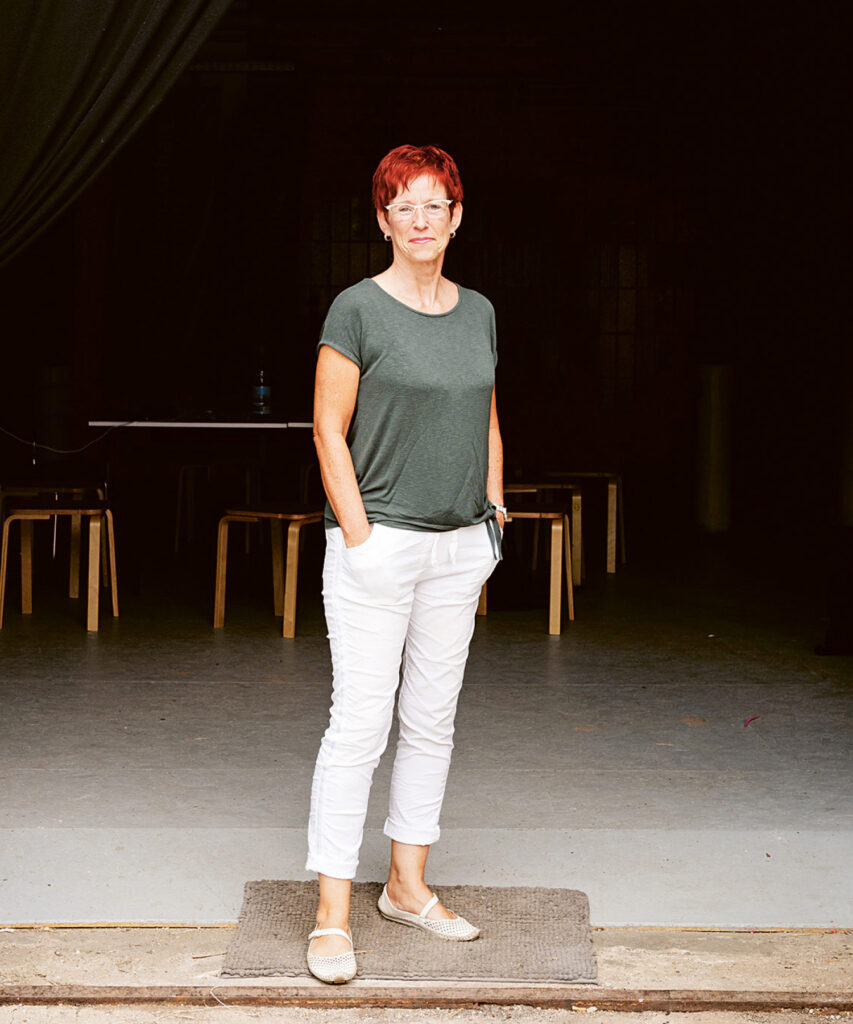
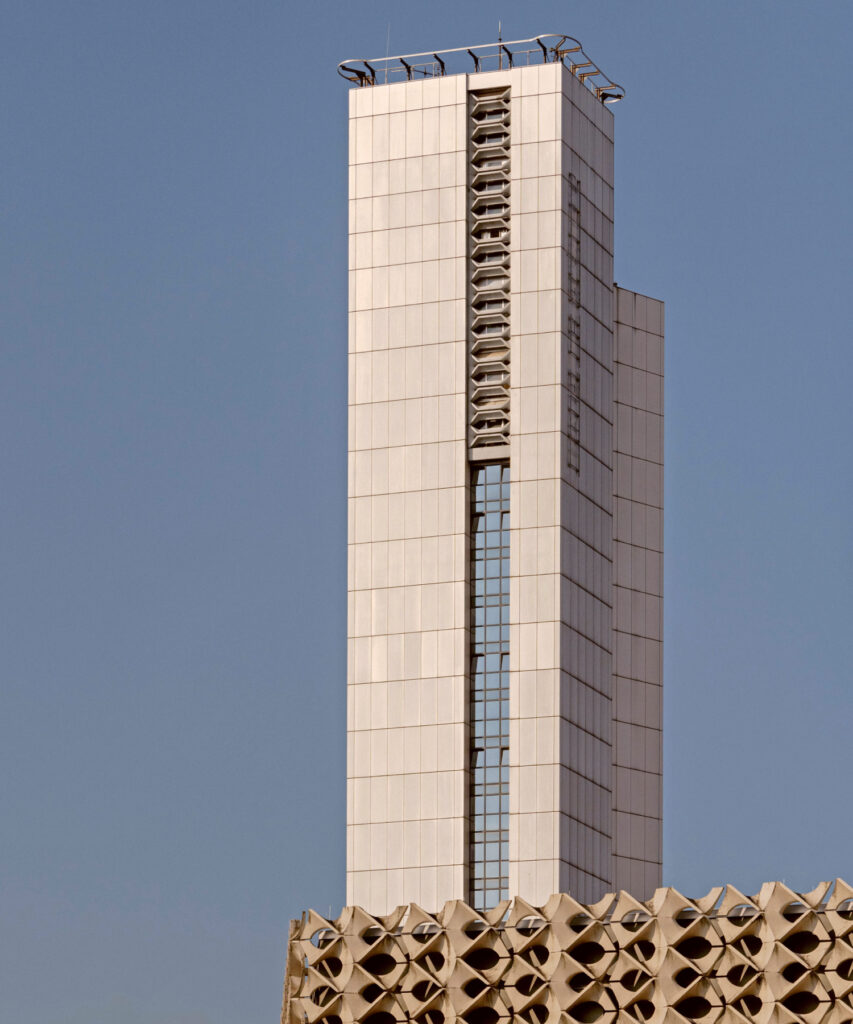
The application document, known as the “Bid Book”, sets out the development of civic dialogue, participation and education formats under the title “Art and Democracy”. It includes events that promote diversity and variety, following the example of the highly successful #wirsindmehr concert in September 2018. The breeding ground for right-wing extremist tendencies, the widespread experiences of upheaval, the feeling of being left behind and of “not being meant by Europe”, as described by the East German writer Grit Lemke in an interview with the magazine Monopol, are issues that the people here have in common with other Eastern Europeans. The Capital of Culture could, many hope, reflect these issues and promote European cohesion.
Transitions and upheavals are not only part of the background of the people of Chemnitz, but they also inform the city’s urban structure. And even on a warm summer day, a certain heaviness lies over the city, which seems a little too empty everywhere. There are the many magnificent industrial buildings from the 19th century, when Chemnitz was one of the most important industrial centres in Germany, a leading centre of the textile industry and machine tool manufacturing. There are the grand villas on the Kaßberg, in which the wealthy citizens of the city took up residence. It’s a picturesque residential area, but there are hardly any pubs or shops. There’s the city centre, rebuilt in the style of GDR modernism after it was almost completely destroyed in the Second World War, and, of course, there’s the 13-metre-high bust of Karl Marx, affectionately referred to as the “Nischel”, the Saxon word for head. For 37 years, Chemnitz was called “Karl-Marx-Stadt” in reference to the GDR leadership’s aim to transform the traditional workers’ town into a modern, model socialist city.
Cultural management at its best
So 2025 will perhaps be a really exciting year for Chemnitz, a new beginning. If it’s possible to implement all of the visionary ideas and plans, that is. These ideas and plans are being spearheaded by the company Kulturhauptstadt Europas Chemnitz 2025 GmbH, with its managing director Stefan Schmidtke at the helm.
If you listen to him for a while, gesticulating and twirling his eyebrows as he tells anecdotes, presents facts and dispels doubts, you’ll have a pretty wonderful image in your mind afterwards – the image of a lively, up-and-coming city. Buzzing with energy, the 55-year-old walks through the foyer of the former bank building where the company is based and drapes himself in a wooden C for the photo. You can tell he’s used to being in the public eye. The experienced cultural manager, a native of Saxony who, like many, moved to the West after graduating from high school, has already held many positions, including curator of drama at the Wiener Festwochen.

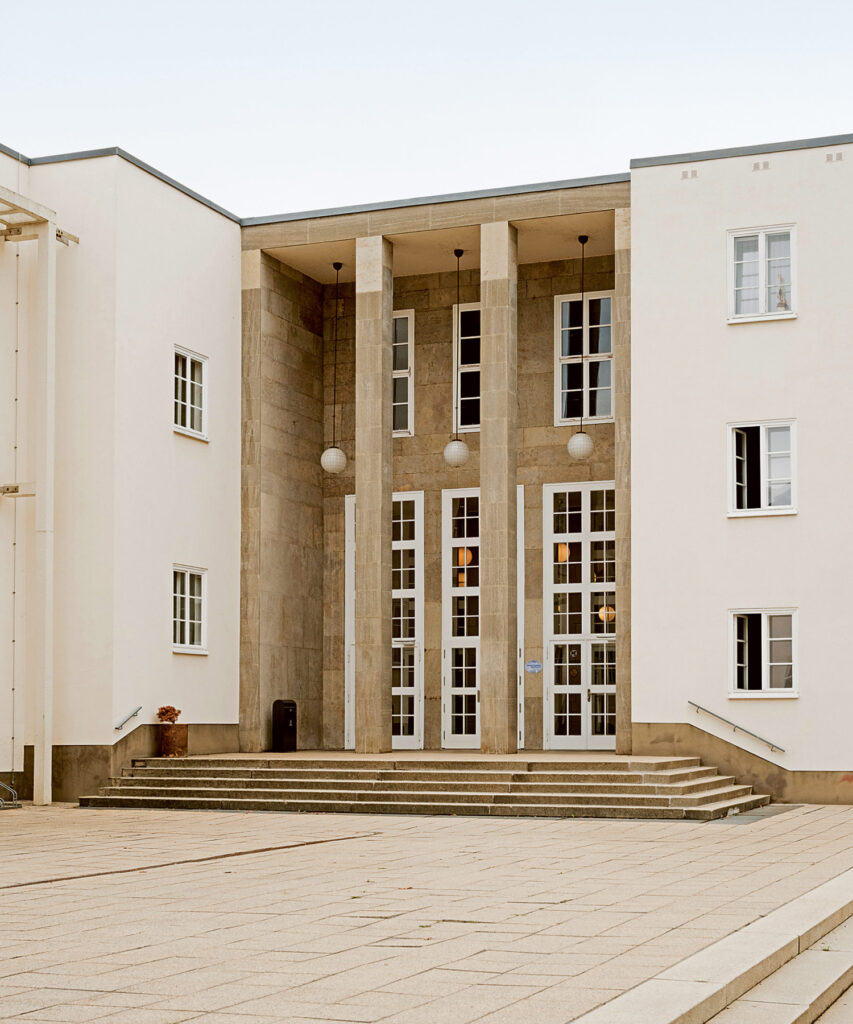
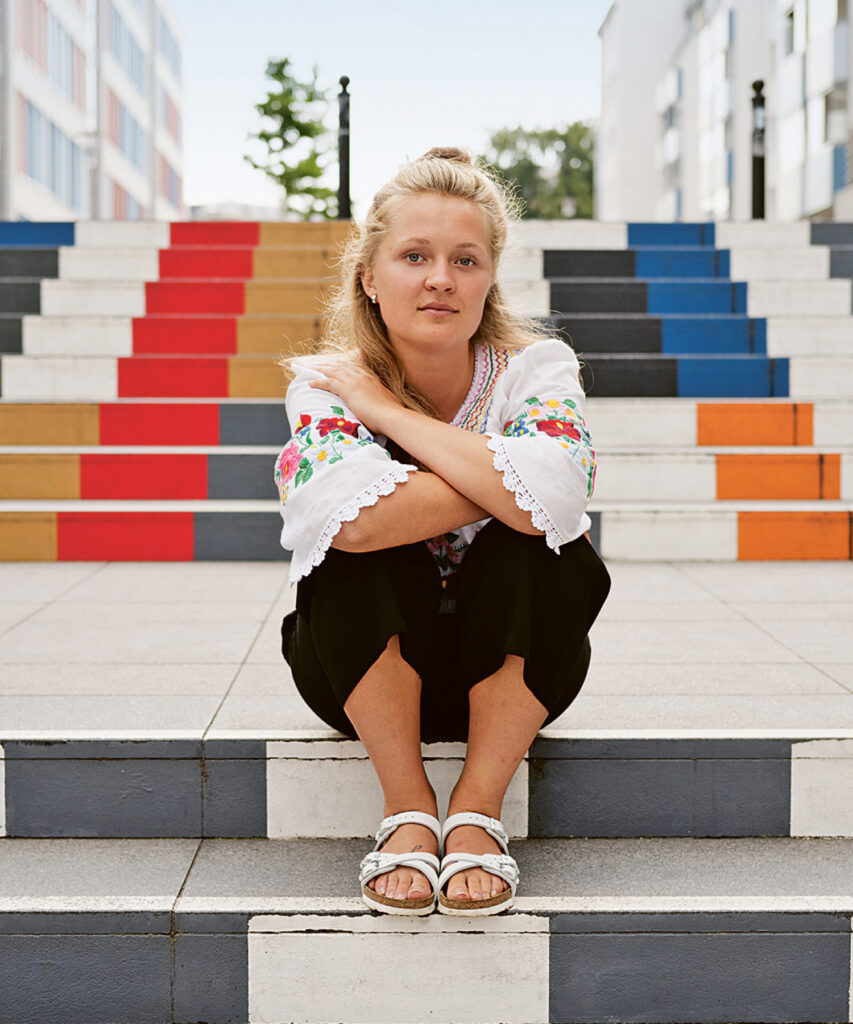
“There are 72 projects in the application,” he says. “But we’re talking about visions here. Our job now is to work our way through them. Who are the people? Does the project have a well-thought-of concept? Can third-party funding be found? Is this possible from a legal point of view?” For a job like this, you have to be prepared to take unpopular decisions. Stefan is used to that.
He calls his work “cultural management at its best”, in which the priority is to bring together the many different stakeholders with their different wishes. Especially since many want to get involved and have their say here – not only cultural professionals, but also singing clubs, dance groups and hobby craftspeople. “Getting stuck in, inventing, getting things off the ground – that’s typical for Chemnitz. Off we go. On the one hand, that’s great because everyone wants to get involved, but on the other, we’re an official EU project and have to weigh things up and sometimes reject a project. So we’re constantly in a field of conflict.”
If you talk to different players in Chemnitz’s creative scene, you quickly realise that a great many sensitivities are running up against each other here. The euphoria seems to have faded a little. Some complain that the boldest ideas are falling by the wayside, that networking with the outside world is being neglected. Others point out that there’s a lack of support for places that have been around for a long time. In a city dominated by industry and technology, which has never had an art academy, the cultural scene – and this is a problem for a Capital of Culture, of course – still takes place rather in secret.
“C the Unseen” is therefore most fitting as the slogan of the Capital of Culture programme. But there seems to be a certain suspicion about perceptions from outside. People often suspect that outsiders have a low opinion of them – and, even more seriously, they suspect that this is possibly even justified.
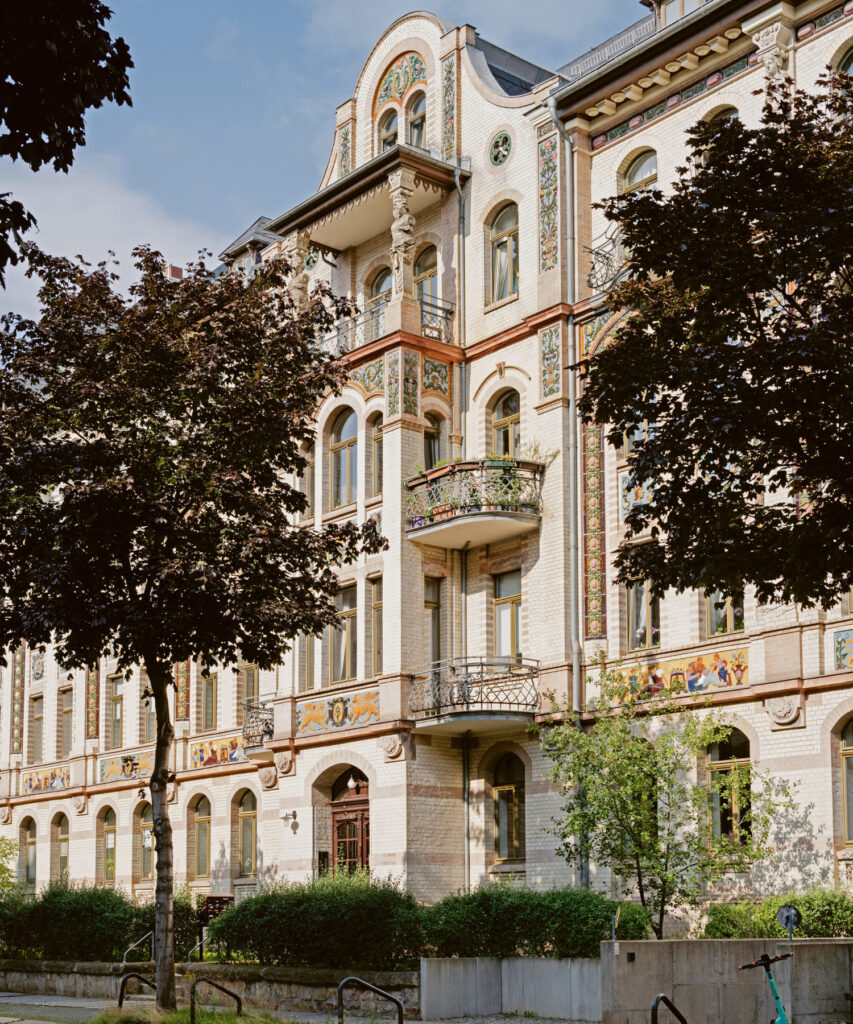
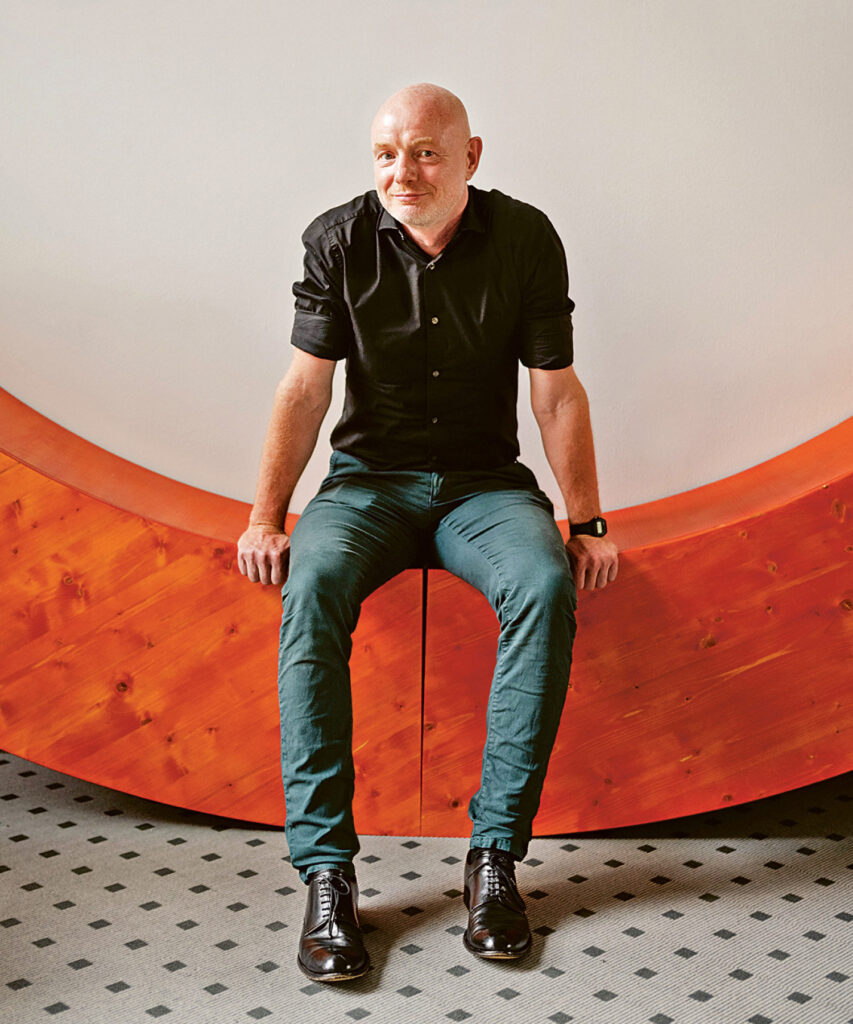
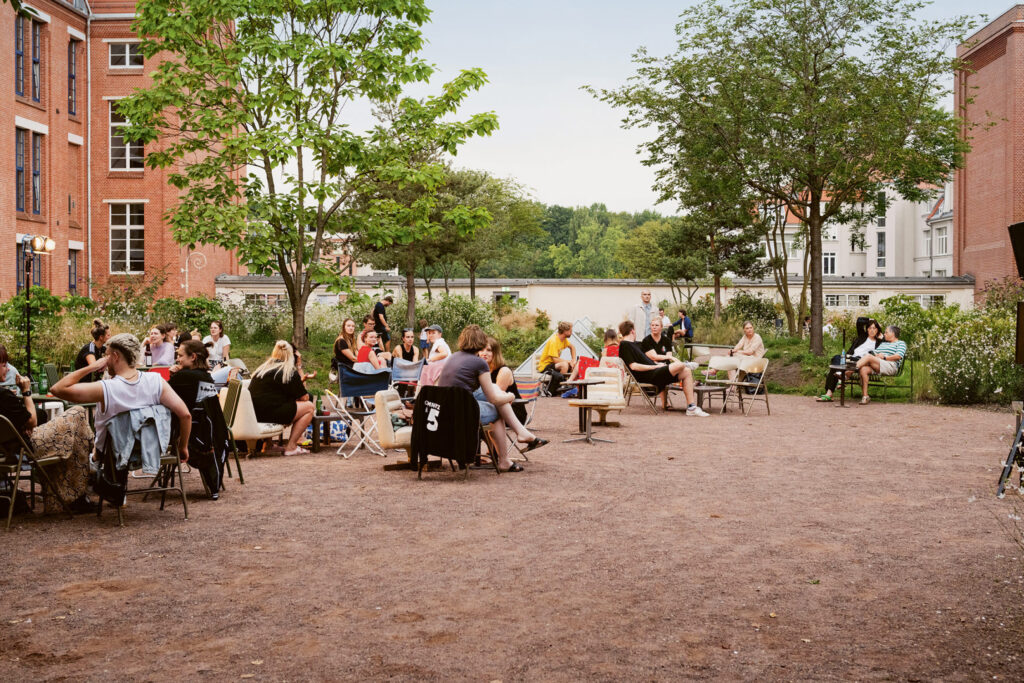
The blog re:marx sums up Chemnitz’s phenomena and emotional state like few other media. In this context, it discusses the Chemnitz paradox, “a very strong love-hate relationship that binds the people of the city together like an invisible band”. In order for the city to change, in order for a new city culture to grow sustainably out of the Capital of Culture drive, it needs people who want to come here. Not just for a short visit, but to live here, to help shape the city. People like Katharina von Storch.
Everyone can join in
Sporting a colourful and flowery blouse, Katharina sits on the colourful staircase at the Technical Town Hall. The fact that the steps have looked like they were built from Lego for the past three years is another sign of what is to come in 2025. Today, Katharina is getting in touch with her creative spirit. She “got into creating” here, and she’s convinced that she has Chemnitz to thank for this. Because there’s so much space and scope to make a difference here. Five years ago, Katharina, who was born in southern Germany and raised in Wiesbaden and who has lived in many different places, came to the city for her Master’s degree. “This is where I first began to feel at home,” she says. She likes how warm the people are once you’ve gained their trust, and she loves the many green spaces and the cheap housing.
A media psychologist in her mid-20s, Katharina is working on the development of the Garage-Campus. So there’s plenty of space in Chemnitz. Now all that’s needed is for the people to come and use it, the “creative hive”, as she puts it. “For this to happen, we need a different narrative about the city,” she says. One that focuses on what’s already quite good here.
“It would be so great to get things moving here,” she says, looking down towards Stefan-Heym-Platz, where a building complex with exclusive flats is being built opposite the elegant façade of the former Schocken department stores. It seems that the real estate company bpd also believes in the city. “There’s really a heck of a lot of potential here. And the special thing is that really everyone can join in!”
This article is an excerpt from the new printed edition of 30 Grad. Further content will be published here successively in the coming weeks.